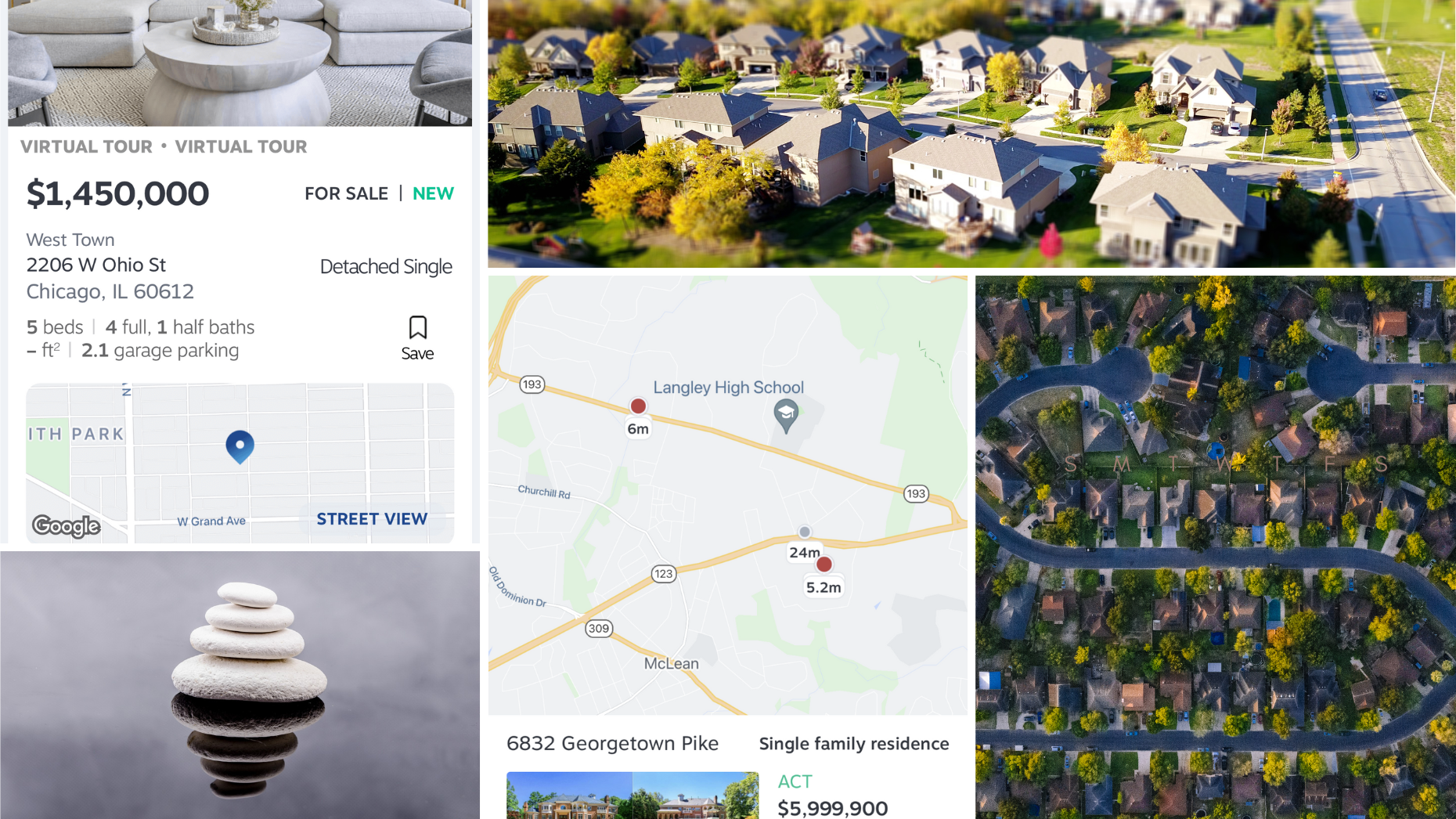Are you receiving Inman’s Agent Edge? Make sure you’re subscribed here.
For those looking to sell their existing home and move up, this is both the best of times and the worst of times.
With the built-up equity many sellers have, their loan-to-debt ratio has gone way down, making the prospects of securing a mortgage on a replacement home easier than ever. Factor in low interest rates, and it really does not get any better than this.
Fact is, the longer a seller waits to sell and move up, the more costly it will be. If a seller sells their home today for $400,000 and purchases a replacement residence for $500,000, the difference they will need to make up will be $100,000.
If, however, they wait, and the market increases in value by 10 percent, while they will sell their existing home for $440,000, they will have to pay $550,000 for the replacement property, for a difference of $110,000.
In an increasing market, the longer they wait, the wider the spread between their proceeds for their existing home and the amount they will need to pay for their new digs. If they wait until interest rates increase, they will also pay more per month for the exact same loan.
Problem is, it is currently very difficult for sellers to move up. With inventory at record low levels, sellers are struggling to figure out how to make the transition.
While in most cases it would be extremely easy to sell their existing property, securing a replacement is fraught with potential issues. There are simply not enough homes out there right now to provide a decent selection from which to choose.
Those homes that do hit the market are typically reaping multiple offers at ever increasing prices, making the prospects of actually securing a home ever the more difficult. Sellers are not making it any easier, as they are looking for buyers with the highest amounts of cash and little or no contingencies.
The ultimate scenario is, for sellers who can swing it, to buy the new home first and then sell the existing home after the new purchase is secure. In this scenario, the move-up buyer does not have to rely on including contingencies based on the sale of their existing home. While not all move-ups will qualify, there are actually a number of options to make this happen.
1. Cash is king
The first choice is the obvious one: if a move-up can buy with cash, then it is best to go and obtain the new home before getting the existing home on the market. With cash, the move-up will have the greatest leverage to make the new purchase a reality.
2. Obtain a new loan for the new purchase
Assuming the move-up qualifies for a second mortgage, obtain the financing pre-approval, and then head out to buy the replacement property.
3. Refinance the existing home or obtain a home equity loan
If a down payment is required for the new home, the move-up can refinance their existing home or get a home equity loan to obtain the down payment.
Careful consideration must be given to ensure that the refi or HELOC does not change the move-up’s debt-to-income ratio beyond their ability to also obtain a new mortgage on the new purchase.
4. Consider an iBuyer
An iBuyer might be willing to work with you on your timeline and could also coordinate the closing so that the funds from your existing home would be available the moment your new purchase is ready to close.
The only caveat here is that an iBuyer may not give you as much for your home as you might get on the open market.
5. Consider a ‘buy before you sell’ company
Companies such as Homeward partner with local agents to provide cash to move-ups so they can purchase a new property. Once the replacement home is purchased, they then facilitate the sale of the existing home.
6. Work with new home builders
Builders are usually the most tolerant when it comes to buying one of their new homes before an existing home has been sold. Since most builder’s products will not be ready for months, they understand that while sellers are waiting for their new home to be built, they will have plenty of time to get the existing property sold.
There are a couple of potential issues here: first, a nonrefundable deposit is required to secure the new home. Second, the home may not be ready when promised and, if the buyer is coordinating their relocation with the sale of their existing residence, they may end up temporarily without a home while waiting for the new one to be completed.
Timing is critical if the buyer can only afford one mortgage — builders will not be super tolerant about waiting for the previous home to sell so they can close the transaction with the new loan.
7. Sell privately
In the current market, there are a number of buyers looking to buy off-market. These buyers frequently are flexible enough to allow a move-up to coordinate the purchase of a replacement home.
The buyer gets a price locked in at the time of the contract, the seller has an escape clause if necessary and, as long as they have a non-refundable deposit from their buyer, can usually make noncontingent offer on a replacement residence.
8. Sell contingent on finding a replacement property
With homes so scarce currently, there are buyers who are willing to take the risk of buying a move-up’s home and then allowing them time to go out and find a replacement property.
9. Mom and pop funding
There are parents or relatives out there who may be willing to front the funds required to facilitate the new purchase. They may either have available cash or be willing to obtain a HELOC of borrow from investment funds.
10. Obtain bridge financing
There are a number of bridge financing options available, but many find the cost of the programs a bit steep. If there are no other options available and an opportunity presents itself and the move-up qualifies, this could be a viable option.
One thing I have learned over the years is this: where there is a will there is a way. Discuss these options with any potential move-up client to see if one of the scenarios might work for them.
Carl Medford is the CEO of The Medford Team.



 Are You Interested in West Eleventh Residences Miami?
Are You Interested in West Eleventh Residences Miami? Are You Interested in ONE Park Tower by Turnberry?
Are You Interested in ONE Park Tower by Turnberry? Are You Interested in Diesel Wynwood Condominium?
Are You Interested in Diesel Wynwood Condominium? Are You Interested in Five Park Miami Beach?
Are You Interested in Five Park Miami Beach? Are You Interested in Cipriani Residences Miami?
Are You Interested in Cipriani Residences Miami? Are You Interested in Bentley Residences Miami?
Are You Interested in Bentley Residences Miami? Are You Interested in Baccarat Residences Brickell?
Are You Interested in Baccarat Residences Brickell? Are You Interested in Aria Reserve Miami?
Are You Interested in Aria Reserve Miami? Are You Interested in 888 Brickell Dolce & Gabbana | Miami?
Are You Interested in 888 Brickell Dolce & Gabbana | Miami? Are You Interested in 600 Miami WorldCenter?
Are You Interested in 600 Miami WorldCenter? Are You Interested in HUB MIAMI RESIDENCES?
Are You Interested in HUB MIAMI RESIDENCES? Are You Interested in WALDORF ASTORIA RESIDENCES?
Are You Interested in WALDORF ASTORIA RESIDENCES?